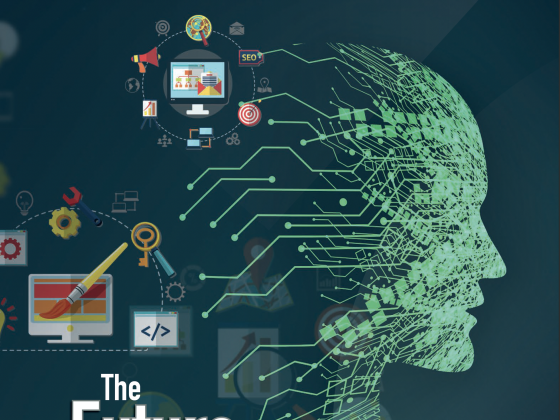by | Rushdi Abdul Rahim, rushdi@might.org.my
For this edition we are revisiting a topic that we did back in 2016. Other than a continuous review on our part, the pandemic brought about a rethinking of the future of work_expediting work transformation with work practices formed during the crisis becoming our new normal.
Prior to the pandemic,the conversation on the future of work revolved around disruptive technologies and the Fourth Industrial Revolution (4IR). There were mixed headlines _proclaiming millions of jobs will be lost or technology could wipe out humanity. However the World Economic Forum published reports on how the 4IR iscreating more jobs than destroying it, and up to 85% of the jobs that will exist in 2030 haven’t even been invented yet.
And then the pandemic hit. According to the International Labour Organization (ILO), the resulting lockdown caused 114 million people globally to lose their jobs in 2020. Although millions have returned to work, the ILO does not expect things to return to pre-COVID levels. This is also true in Malaysia, as jobs lost during the pandemic are not refilled because of the much-changed employment landscape. Datuk Dr Syed Hussain Syed Husman, President of the Malaysian Employers Federation said that the shift to remote working, digitalization, and automation of some occupations in industries such as hospitality, leisure and food & beverage have curtailed labour demand in these areas.
Has our outlook for the future of work changed?
Not really. What the pandemic did was expedite automation, digital transformation, and technology adoption, and brought about changes that could possibly be here to stay. Are we ready? Well, not according to a study by Gartner that cites only 9% of Chief Human Resources Officers agree that their organization is prepared for the future of work. This raises the question; what are the factors that affect organization preparedness for future of work? Our conversations with several leaders, management teams of various organizations have given us some insights. There are a number of factorscited, however for the next10 years, these are the top five main driversshaping organization preparedness future of work.
Technology
Technology will be the main driver to the future of work as its adoption and application creates new opportunities and risks for both employers and employees. Technology advancement allows for ease of doing work, increase productivity whilst replacing routine work. Regardless of the time horizon, technology is advancing at an increasing rate and will be a dominant influence in the way people work. Therefore, the ability to use and apply technology has a major impact in preparation for the future of work.
Policies
Laws and policies have shifted during the pandemic. National level policies are being developed to address gaps in what would be needed to drive a “human-centered” agenda for the future of work as well as deliver economic security, equal opportunity, and social justice in the years to come. However, this also must be translated into organizational policies, allowing for the right culture, work practice to take hold. Yet most organizations that we talked to still have not fully developed the necessary policy actions to prepare for the future of work.
Infrastructure
Post-pandemic, the design of future workplace will be people-centric with health and wellbeing of the employees given priorities, incorporating the use of technology to allow employees the ability to work from anywhere that allows for flexible working practices. This also makes collaboration and multiple teams working together more accessible. The availability or the absence of the right infrastructure will determine preparedness for the future of work.
Culture & Mindsets
Culture is growing in importance as organizations move into the phase of getting employees to fully return to the workplace or create a new hybrid work model. We ask the question_is the current organization culture still relevant today as it was 10 years ago? However, cultures don’t shift overnight. Leadership acceptance, intergenerational gap, trust issues and archaic working practice pose a stumbling block for organizations’ transition to work of the future. How employers and employees navigate and overcome this will ensure their preparedness.
Skills & Competencies
Gartner found that the skills required for a single job was increasing by 10% annually, and now the pandemic is alreadyreshaping the waythe workplace operates. Therefore, employees need to start preparing themselves by having the right workplace skills essential for the future of work where tech skills, flexibility & adaptability, data literacy, critical thinking and innovative are amongst the most cited skills required. Having employees with these critical skills are vital to organizations’ preparedness for the future of work.
As said, even before the pandemic, there were already shifts in work, workforce and workplace. However now, new tasks and responsibilities emerged suddenly, outdating role titles and definitions. Work trends driven by COVID-19 — such as remote work and rapid digital transformation — are all accelerating these shifts. Are you prepared? Try fulfilling the preparedness of the previous five factors cited. I look forward to hearing your thoughts on these matters. #StaySafe.









